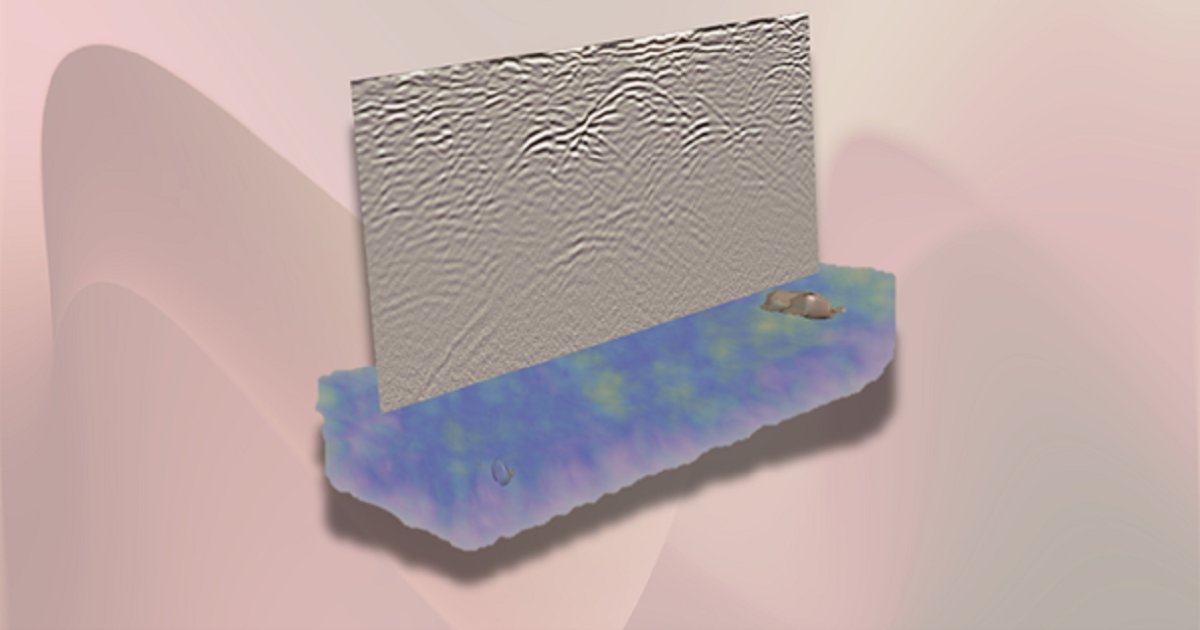Topic Menu
► Topic MenuTopic Editors



Ground Penetrating Radar (GPR) Techniques and Applications, 2nd Edition

Topic Information
Dear Colleagues,
Building on the success of the first edition, the 2nd edition of this Topic aims to further advance and showcase high-quality research in the field of ground penetrating radar (GPR). We continue to invite researchers from diverse disciplines within the journals’ scope to submit innovative papers that highlight the latest developments and applications in their respective areas or to encourage relevant experts and colleagues to contribute. This Topic encompasses, but is not limited to, the following:
- GPR Theory.
- Applications of GPR in Various Fields:
- Architecture;
- Engineering;
- Geology;
- Archaeology and Cultural Heritage;
- Environment;
- Forensic Science;
- Geosciences;
- Water Management.
- GPR Technology Development:
- Design, realisation, and testing of GPR systems and antennas;
- GPR data processing and analysis;
- New data processing algorithms.
- Methodologies and Innovations:
- Modelling and inversion methods for GPR;
- Combined use of GPR and other remote sensing techniques;
- AI and GPR;
- Drone GPR.
We welcome both original research articles and comprehensive review papers. Researchers are also encouraged to submit short proposals for Topic feature papers to our Editorial Office (topics@mdpi.com) prior to submission. Join us in advancing the field of GPR by contributing to this new edition, where cutting-edge research and interdisciplinary collaboration come together.
Dr. Pier Matteo Barone
Dr. Alastair Ruffell
Dr. Vincenzo Sapia
Topic Editors
Keywords
- GPR theory
- remote sensing
- data processing and modelling
- GPR antenna design
- geophysical imaging
- archaeological prospection
- forensic GPR
- environmental monitoring
- subsurface exploration
- non-destructive testing (NDT)
Participating Journals
| Journal Name | Impact Factor | CiteScore | Launched Year | First Decision (median) | APC | |
|---|---|---|---|---|---|---|

Geosciences
|
2.1 | 5.1 | 2011 | 23.4 Days | CHF 1800 | Submit |

Heritage
|
1.9 | 3.7 | 2018 | 18.6 Days | CHF 1600 | Submit |

Remote Sensing
|
4.1 | 8.6 | 2009 | 24.9 Days | CHF 2700 | Submit |

Sensors
|
3.5 | 8.2 | 2001 | 19.7 Days | CHF 2600 | Submit |

Forensic Sciences
|
- | 2.9 | 2021 | 27 Days | CHF 1200 | Submit |

Preprints.org is a multidisciplinary platform offering a preprint service designed to facilitate the early sharing of your research. It supports and empowers your research journey from the very beginning.
MDPI Topics is collaborating with Preprints.org and has established a direct connection between MDPI journals and the platform. Authors are encouraged to take advantage of this opportunity by posting their preprints at Preprints.org prior to publication:
- Share your research immediately: disseminate your ideas prior to publication and establish priority for your work.
- Safeguard your intellectual contribution: Protect your ideas with a time-stamped preprint that serves as proof of your research timeline.
- Boost visibility and impact: Increase the reach and influence of your research by making it accessible to a global audience.
- Gain early feedback: Receive valuable input and insights from peers before submitting to a journal.
- Ensure broad indexing: Web of Science (Preprint Citation Index), Google Scholar, Crossref, SHARE, PrePubMed, Scilit and Europe PMC.

